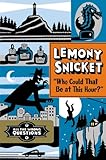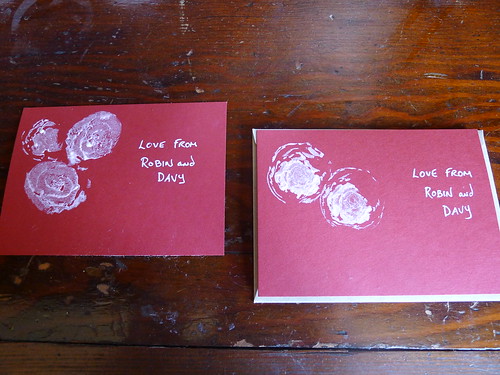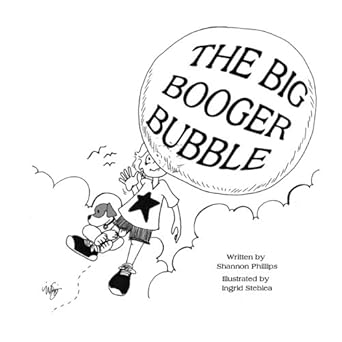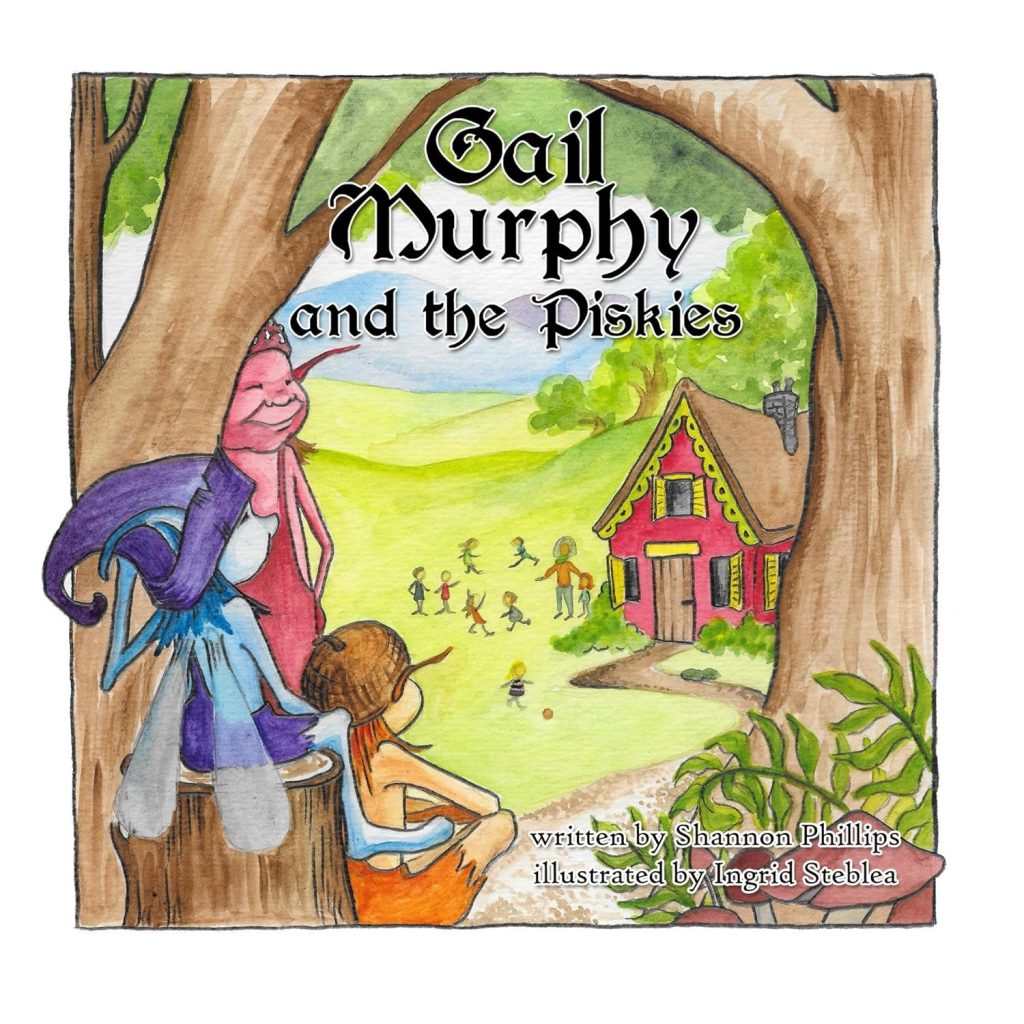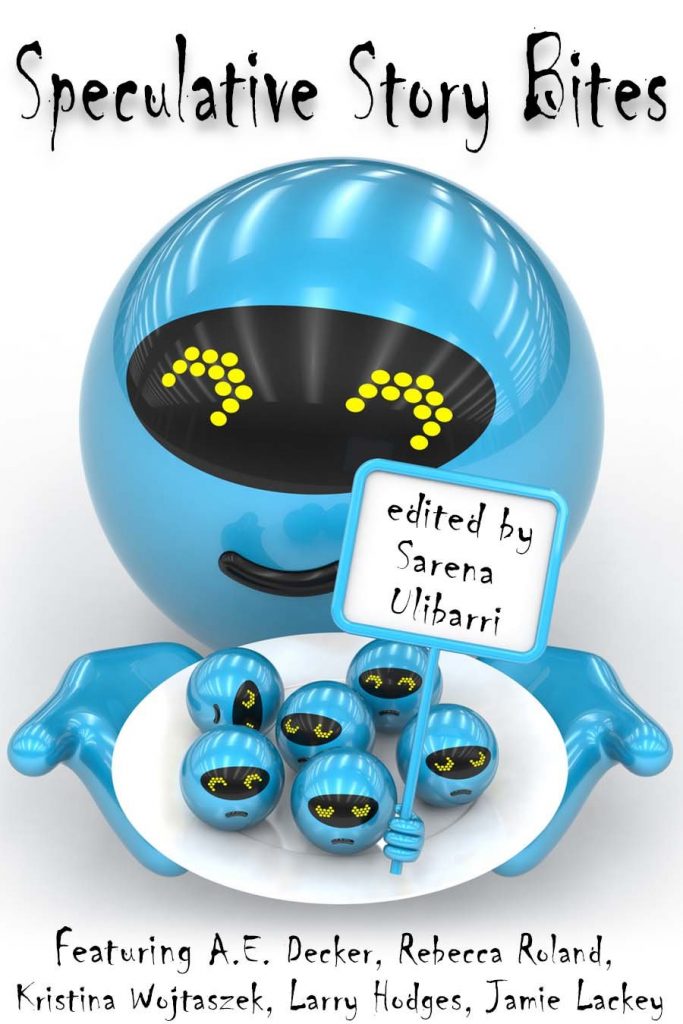
So here’s what I originally wrote about this book on my Goodreads account:
Louise Erdrich is one of my very favorite authors—I’ll read anything by her. She works in a magical-realist vein informed by her Ojibwe heritage, writing portraits of modern-day reservation life where ageless tricksters and powerful animal spirits move in the margins. She’s also just an immensely powerful writer, creating striking and indelible characters and gorgeous passages of haunting prose.
All that said, I’m going to classify The Round House as my least favorite Erdrich novel (that is, if you don’t count The Crown of Columbus, which I don’t). It’s one part lurid crime thriller, one part “message” tract, and a third part that stands as a companion piece to her other work. I really liked that third part (I always love a Nanapush story) but I was much less taken with the other aspects of the book.
The problem with this summary, or at least the element I’m still thinking about, is the “message tract” aspect of the book.
The Round House opens with a brutal rape that takes place on the boundary of Indian land, and proceeds to illustrate the hurdles that prevent the woman and her family from seeking justice. Essentially, the case can’t be prosecuted until it’s known where jurisdiction lies—with the tribal police (if the assailant is an Indian and if the crime was committed on tribal lands), with the state police (if the crime was committed on non-Indian soil), or with the Feds (if the crime was committed on tribal lands but the assailant was a non-Indian). A lot of the book’s plot basically serves as an illustration of the ways in which violence against Native women goes unpunished under our schizophrenic justice system. One character, a tribal judge, is even given a few pages to deliver a lecture on the legal underpinnings of the tribal court system, and to make the case that the tribes should have the power to investigate and prosecute these kind of crimes whether or not non-Indian offenders are involved.
The thing is, this is kind of clumsy storytelling. Erdrich pulls it off well, but there’s no escaping that this book Has A Message, and at times the story serves mostly as a delivery vehicle for the moral.
On the other hand, I didn’t know about this issue until I read the book, and after reading more about it I realize that outrageous miscarriages of justice very similar to the one depicted in the book are in fact happening all the time. The New York Times today has an article on the problem:
At 26, Diane Millich fell in love with and married a white man, moving with him in 1998 to a home on her native Southern Ute reservation in southern Colorado where, in short order, her life was consumed by domestic violence.
Her story of beatings and threats, reconciliations and divorce—painfully common among Native American women—had a twist. Because her husband was white, the Southern Ute Tribal Police could not touch him, and because she was a Native American on tribal land, La Plata County sheriff’s deputies were powerless as well. She said she tried going to federal law enforcement, which did have jurisdiction, but that went nowhere.
After one of his beatings, she said, he even called the county sheriff himself to prove to her that he could not be stopped. Only after he stormed her office at the federal Bureau of Land Management and opened fire, wounding a co-worker, was he arrested. And even then, law enforcement had to use a tape measure to sort out jurisdiction, gauging the distance between the barrel of the gun and the point of bullet impact to persuade the local police to intervene.
…
“It was just crazy, now when I think back on how insane it was,” Ms. Millich said in an interview.
If a Native American is raped or assaulted by a non-Indian, she must plead for justice to already overburdened United States attorneys who are often hundreds of miles away.
The Violence Against Women Act, currently up for reauthorization in Congress, has added a new section that would allow these victims to seek recourse in the tribal courts, with provisions to ensure that non-Indian defendants retain their rights to representation and to a jury of their peers. But House Republicans are seeking to block it:
“This is a bill which could do so much good in the battle for victims’ rights, but unfortunately it is being held hostage by a single provision that would take away fundamental constitutional rights for certain American citizens,” Senator John Cornyn, Republican of Texas, said on the Senate floor on Thursday. “And for what? For what? In order to satisfy the unconstitutional demands of special interests.”
Unconstitutional demands of special interests. By that he means the right of Indian women—who are disproportionately victimized by rape and domestic violence—to seek justice. They aren’t victims, you see: they are “special interests.” And their attackers are fine, upstanding “certain American citizens.” (The women are American citizens too, of course, but you get the sense that Cornyn doesn’t quite believe it. Certainly not the kind of citizen who has “fundamental constitutional rights.”)
This is revolting. The contempt in those words—unconstitutional demands of special interests—God, it’s sickening.
So, I’m torn. On the one hand, I think Erdrich is bringing attention to an issue that needs attention. She’s created a searing portrait of real-world injustice, and part of me responds with a “sing it, sister!”
But on the other hand, the book is really really message-y, and even though the message is strong and important and moral and timely, I do think it weakens the storytelling. I don’t know if this is inevitable in books that have a political point to make. Trying to think of counter-examples, I flashed to Toni Morrison’s (flawless) Beloved: but that novel doesn’t really have a message so much as a complex emotional truth to convey. Something like Upton Sinclair’s The Jungle is more of a “message” book, and let’s face it, that was a pretty crappy novel. Strong and important and moral and timely (for its time)—but as a piece of literature, it’s weak.
The Round House, I think, is in a similar space. It’s no Love Medicine. But I am rooting for it to have the same kind of social impact that The Jungle had in its day.

